Unfortunately, this deal has expired 2 days ago.
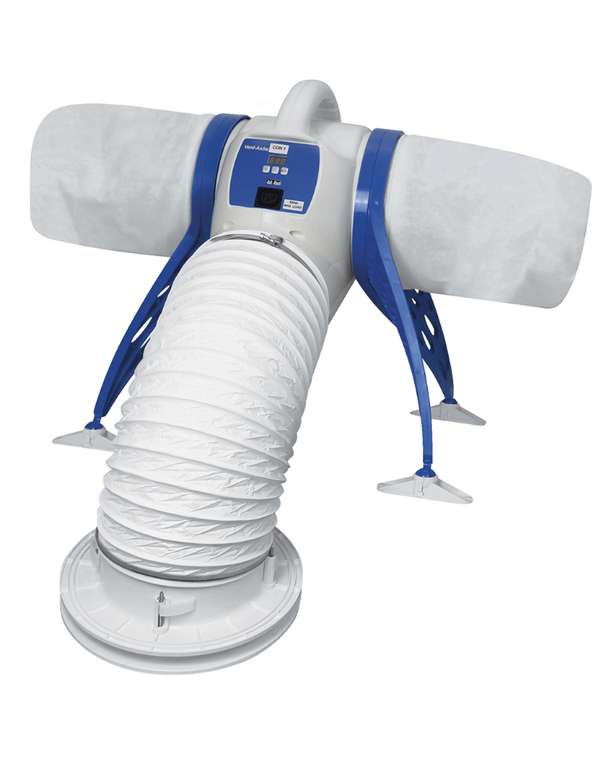
*
228°
Posted 1 August 2023
Vent Axia PureAir Home PIV Unit - 479090 Free C&C
Free from United Kingdom ·
Shared by
Redsthunder
Joined in 2015
1,525
395
About this deal
This deal is expired. Here are some options that might interest you:
Vent Axia PureAir Home PIV Unit - 479090
Vent-Axia';s PureAir Home PIV (Positive Input Ventilation) unit is a whole-house ventilation solution to mould and condensation formation on the inside of windows and other cooler spots of a building where mould growth can occur.
It utilises its powerful motor to extract fresh, dry air from the loft cavity, draws it through powerful F7 filters and then forces the filtered air down through each and every room of the property.
By adding additional air from a centrally located diffuser, old, stale and moisture-laden air is forced out through any small gaps in door frames, windows and air vents.
This not only reduces the amount of moisture in the air but also creates circulation and airflow.
Without moisture and the ability to "settle" on cool surfaces, condensation and therefore mould growth cannot occur.
The Vent-Axia PureAir home ventilation PIV unit is a purpose-built, easy to install condensation solution that does the work of several extractor units in one, with a yearly running cost of only £5!
Features
All in one whole house condensation and mould prevention unit
Prevents mould induced health conditions such as asthma and skin irritation
Discreet installation - out of sight and out of mind
Low noise
Very easy installation backed up by a 5 year warranty
Vent-Axia';s PureAir Home PIV (Positive Input Ventilation) unit is a whole-house ventilation solution to mould and condensation formation on the inside of windows and other cooler spots of a building where mould growth can occur.
It utilises its powerful motor to extract fresh, dry air from the loft cavity, draws it through powerful F7 filters and then forces the filtered air down through each and every room of the property.
By adding additional air from a centrally located diffuser, old, stale and moisture-laden air is forced out through any small gaps in door frames, windows and air vents.
This not only reduces the amount of moisture in the air but also creates circulation and airflow.
Without moisture and the ability to "settle" on cool surfaces, condensation and therefore mould growth cannot occur.
The Vent-Axia PureAir home ventilation PIV unit is a purpose-built, easy to install condensation solution that does the work of several extractor units in one, with a yearly running cost of only £5!
Features
All in one whole house condensation and mould prevention unit
Prevents mould induced health conditions such as asthma and skin irritation
Discreet installation - out of sight and out of mind
Low noise
Very easy installation backed up by a 5 year warranty
Community Updates
Edited by a community support team member, 1 August 2023
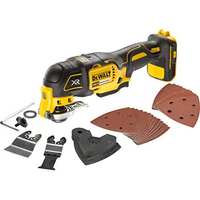

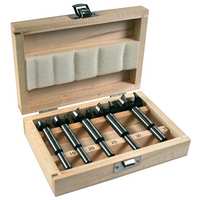
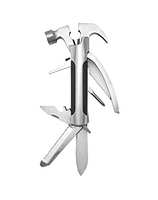
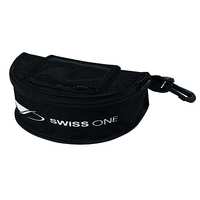

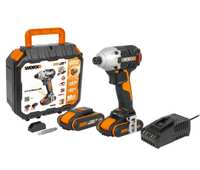
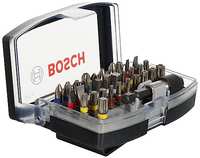
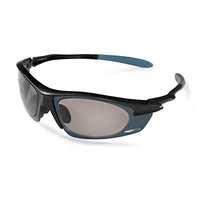

125 Comments
sorted byAnyone can share experience? does it really work? I wonder if any handyman can install it (I am zero in DYI unfortunately )
Thanks
I installed an Envirovent "Mr Venty", which cost me £350 new from eBay at the time. It wasn't difficult to do - fine for anyone who's reasonably handy at odd jobs, though it does require tapping in to the lighting ring so for goodness sakes get an electrician to do this bit safely.
The damp disappeared - all of it - and hasn't returned. The air in the house always smells fresh, even with often three, four, or five adults living there. I've replaced the filter twice so far. The system automatically takes the chill of the incoming air in the middle of winter; this doesn't cost much.
The house is double-glazed now, including modern doors, so there are fewer points for the air to escape. There's no real difference because we were advised that the air has to be able to escape for a PIV system to work effectively, so we make sure it can by opening the window vents or leaving windows open a crack most of the time.
I hope this helps. If you have more questions, please go ahead and ask
Originally had damp/ mould in certain corners of house, in cupboards etc. Destroyed a-lot of clothes in cupboard.
Old victorian high ceiling 3 floor property.
The better half wiping down walls and windows daily.
The built in cupboards being the worse i fitted outside to inside brick ventilation on 4 walls around the house. Didn’t really help to the extent of the effort.
So at this point i fitted air grates on inside of cupboard and installed a small dehumidifier just to protect the clothes. I was emptying 0.5 Ltr every 2-3 days.
I even painted the inside of the walls within the built in wardrobes with bathroom paint to see if it could help me work out if it was coming from the inside or damp through the walls.
Plaster was deteriorating, having to redecorate too often.
All of the above over about 2-3 years.
Ok, paid for wall treatment and rendering on the front and side of the house now. Big expensive job.
Still having the same issue.
Just by luck stumbled across PIV system, so had one fitted.
This air output fitted on the middle floor hallway, the unit was fitted above the bathroom middle floor extension with filters etc in the bathroom loft hatch area.
This unit does not circulate warm or cold air as such as it blows air out but drawn from a dry loft but filtered area. The PIV literally stops air from being stagnant so moisture could not collect in places like windows etc.
Circulating room temperature air basically.
This device worked wonders, in truth i cannot tell you how expensive it is to run as its always on.
It did not 100% cure the built in wardrobe situation. I still had to utilise a dehumidifier but at a rate of 0.5ltr every 15-20 days. I cannot even give a fair reference of did i ever put the same dehumidifier outside the wardrobe for a volume reference to share im afraid.
Now i had this done back 7-8 years ago?
100% recommend this type of unit.
I do hope this helps at least 1 person. (edited)
Ops website is advertising massive discounts (57% off).. makes you wonder... Don't rush in all!!
BUT
Can someone explain to me, why a fan with 2 socks over the intakes costs £324? What am I paying for that adds cost? (edited)
It does not require 'draughty' house. Unless you like in a Passivhaus certified building, old as well as modern housers are generallyu very leaky, especially when under positive pressure (which the contraption from the deal provides).
PIV is certainly 'a solution' to the inadqeuacy of the traditional gravity ventilation systems, which suffer from not enough airflow (= mould, VoC accumulation, etc.), unless there is a big temperature difference between inside of the house and outside (so usually not the case for most of the year).
The challenge with PIV is that you will be losing some precious heat - but that is probably still bettere than mould / stale air accumulating at home. The 'proper' solution to the ventilation problem is MVHR + airtight building, but that is a completely different game altogether. (edited)
My in laws have one fitted but they still see condensation on windows when the temperature drops (edited)
Drawbacks:
1) It does consume electric power, not a lot, but pretty match constantly. It also replaces warm air from inside the house to outside with an ambient air, such that in winter, cold air displacing warm air will require an extra heating, which will considerably increase energy bills. You may also want to switch unit off during the summer as it will be pumping warm (or even hot) air from the attic into the house.
2) Constantly moving air. It may not be a problem for most, but surely will be an issue for some (e.g. my spouse, as she can't stand any draft in the house). It can also create some issues with dust, generated inside as constant movement of an air will be interfering with dust sedimentation / settling in some extent, especially upstairs, closer to the diffuser location, where the air movement is at maximum.
If you suffer moisture in the home, first things are to:
stop drying clothes in doors / on radiators
have extractor fans (and use them) in kitchen and bathrooms.
Have fresh air with open windows.
If after doing all that, you still have moisture problems, then PIV might solve.... it did for me. (edited)
Cost £0 ( due to being on benefits )
It pushes out and replaces stale unhealthy air with drier fresh air by gently introducing filtered air into the home and increasing the circulation around the property and improving the indoor air quality (IAQ). Ventilation removes the root cause of
condensation and mould within the home.
Need to sort it out really, probably put it on a smart plug so I can control it better.
It’s not rising damp from what I can tell, just a build up of condensation on the walls.
From researching, this looks to be ideal.
Can anyone advise if in this case it would help?
Thanks
It may be something else, like a reduced airflow, blocked air brick, leaky pipe etc.... so hard to say for sure.
My condensation issues were genrally resolved when I fitted a PIV in the loft. My cavities are empty of insulation, but the walls had been poorly replastered and I think the original lime plaster was removed (which breathes) and replaced with modern plaster (that doesn't breath) so moisture appeared on humid day, up to around 2 feet. A damp 'specialist' would say it'a rising damp and flog me £5k of injection treatment and replaster - don't fall for that....
One thing I am sure, I will never allow my cavity walls to be insulated, I'd rather have a cooler home than have the possible risk of damp issues that are hard to resolve. Unsurprisingly this problem now have specialist cabity wall insulation extraction companies (probably the same jokers that install it) (edited)
So it costs you money in extra heating and running costs, relies on your house being draughty, and is only (partially) effective for moisture if every internal door in the house is left open. I think I’ll pass.
I understand the rh will drop if the air is heated, but I'm not running the heating when it's already warm enough. (edited)
I am very tempted for one in the house and detached garage.
In summer when loft is hot, the fan stops, so home doesn't get hot air pumped in. In winter it's a slightly chilled air coming into the home but so slight, its like leaving a window open 1cm (edited)
I've often noticed its a little stuffy up there so something like this circulating would seem like a good idea.
Would you put it in the ceiling of the loft conversion? Alternatively we still have a small loft space in the corner of the loft (it has a dormer on the other side), where this could go?
For reference my house is a typical 1930's solid wall (no cavity) semi detatched, have one of these and an inline extractor fan for the bathroom. RH use to be on average 70%+, now its down to about 40% without using any dehumidifiers. (edited)
hotukdeals.com/dea…361